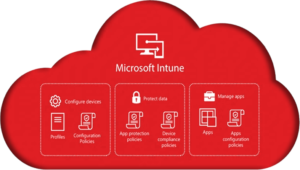Remote Desktop Services: Part 3
This will be final part in our series about Remote Desktop Services. This part will focus on profile VHDs, which is a new feature in Server 2012 R2. This allows for the entire user profile to be contained in a VHD that gets mounted on any RDS host. This allows for a documents and settings to be the same across your entire farm.
Some things to consider with profile VHDs are the fact that they are collection based. That means that if you have a user in multiple RDS collections, they will get a different VHD for every collection. Also, as with traditional roaming profiles, it’s not a good idea for a user’s profile disk to be mounted in multiple VM’s, meaning that you should keep those to a minimum to avoid profile corruption. Finally, you need a file share to host the VHDs. This file share can be anywhere on your network, as long as the RDS hosts can access it. You should also ensure that this is a fast connection, as slow connections can have a negative performance impact.
Enabling profile VHDs is very simple, though it must be done on new collections. Currently, you cannot enable it on already-existing collections. To create a new collection, open Server Manager and select Remote Desktop Services. In the upper box, select “Create session collections”.
The wizard will be the same as described in part 2 of this series, except for the User Profile Disks page:
Specify a location to store the profile disks and a maximum size. The default maximum size is 20GB, but you can set it to whatever will fit your organizational needs. Complete the rest of the wizard as described in part two. The wizard will configure the share for your user profile VHDs. If this collection is designated for apps instead of a full desktop, you will still need to complete the section of part two the describes changing a collection from desktop to apps.





